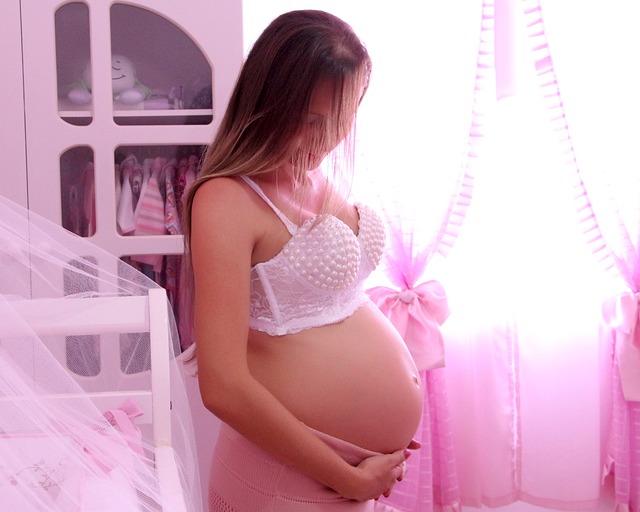During pregnancy, one of the challenges you might face is back labor, which refers to significant discomfort in the lower back experienced during labor. This condition often arises when the baby is positioned with their head facing upwards, putting pressure on the mother’s spine.
What Causes Back Labor?
Back labor typically occurs due to the baby’s position and how it affects the mother’s body during contractions. When the baby is positioned in a way that presses against the spine, it can lead to intense pain that radiates through the lower back. It can feel unrelenting and quite painful, especially during contractions. Fortunately, most babies will naturally turn to the correct position before delivery, alleviating some of the issues associated with back labor.
What Does Back Labor Feel Like?
The sensation of back labor can be described as a constant ache or sharp pain in the lower back. Many women report that this pain intensifies during contractions, making it hard to find relief. If you experience persistent lower back pain that seems to coincide with contractions, it may be a sign of back labor.
Signs of Back Labor
Recognizing the signs of back labor includes paying attention to:
- Intense lower back pain that feels different than typical labor pains
- Pain that increases during contractions
- Discomfort in the hips or pelvis
When to Seek Help
If your back pain becomes unbearable or you notice any unusual symptoms, such as heavy bleeding or a significant decrease in fetal movement, don’t hesitate to contact your healthcare provider. It’s essential to distinguish between back labor and other forms of labor or back pain, as the management strategies may differ.
Back Labor vs. Regular Labor
One of the main differences between back labor and regular labor is the location and type of pain. Regular labor typically involves cramping in the abdomen and pelvic pressure, whereas back labor is characterized by intense pain in the lower back.
Are There Risk Factors?
Certain factors can increase the likelihood of experiencing back labor, including:
- The baby’s position during labor
- Previous pregnancies
- The mother’s pelvic shape
Prevention and Relief Techniques
While you can’t always prevent back labor, certain strategies may help reduce the likelihood of experiencing it. Maintaining good posture throughout pregnancy and engaging in regular exercise can keep your body aligned. During labor, various positions, such as kneeling or leaning forward, may relieve some pressure from the back.
For those looking for alternative methods of conception, consider checking out resources like Make A Mom for at-home insemination options or How It Works to understand the process better. If you’re interested in more about at-home insemination, explore this blog post. For additional insights on intrauterine insemination, you can refer to Healthline for expert guidance.
If you’re part of a community looking for support, consider joining the Make A Mom Facebook group for connecting with others on similar journeys.
Summary
In summary, back labor can be a challenging aspect of pregnancy, marked by pain in the lower back during contractions. By understanding the signs and seeking appropriate relief, you can better prepare for this experience. Remember, most babies will reposition themselves before delivery, which can ease the discomfort associated with back labor. For more information on pregnancy and at-home insemination, check out this excellent resource.
